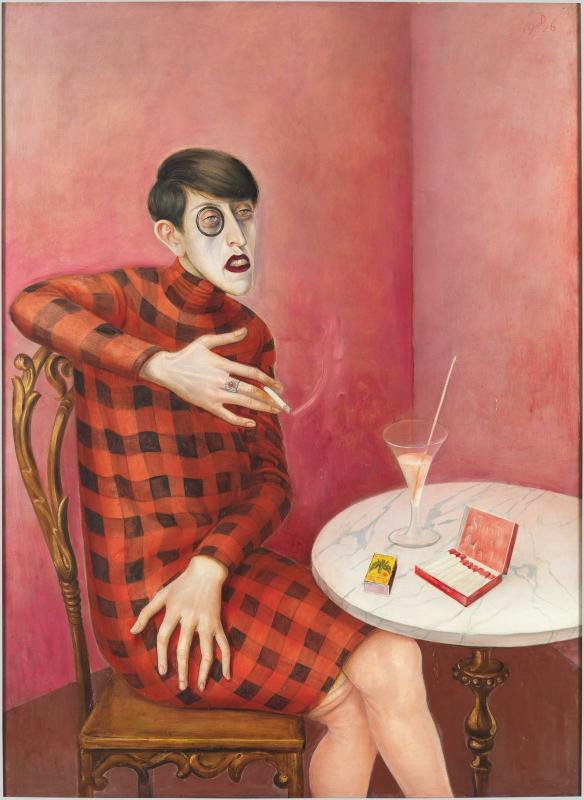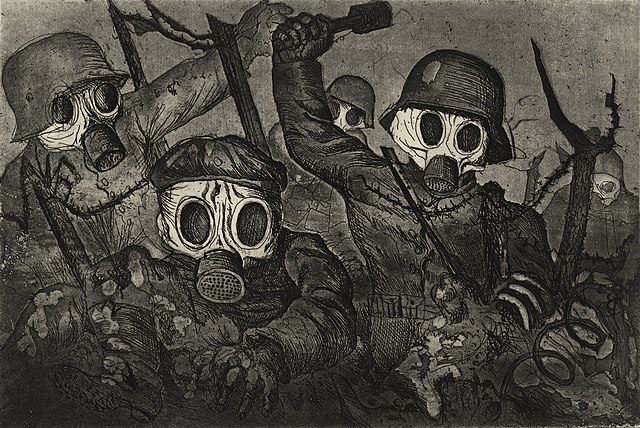
Otto Dix, born on December 2, 1891, in Untermhaus, Germany, and passing on July 25, 1969, in Singen, was a pivotal figure in 20th-century art, known for his raw and unsettling depictions of Weimar Germany and the brutal realities of war. Emerging as a leading artist of the New Objectivity movement, Dix’s work is characterized by its critical realism and sharp social commentary, offering a searing portrait of society during a period of tumultuous change.
Dix’s early life was marked by an interest in art, fostered by his artistic family. He pursued his passion through formal education in Dresden and Düsseldorf, where he was exposed to the works of the German Expressionists and the developments of early 20th-century avant-garde art. His experiences as a soldier in World War I profoundly influenced his artistic vision; the horrors and absurdities of war became a central theme in his work, leading to some of his most powerful and disturbing pieces, including the renowned portfolio “Der Krieg” (The War).
Post War
After the war, Dix settled in Dresden and became associated with the Dada movement, although his work soon evolved beyond Dada’s nihilistic critique. He became a leading figure of the New Objectivity movement, which sought to depict the social realities of the Weimar Republic with brutal honesty. His paintings from this period, such as “Portrait of the Journalist Sylvia von Harden” (1926) and “Metropolis” (1928), capture the decadence, inequality, and underlying tensions of German society during the 1920s.
Dix’s uncompromising portrayal of his subjects, combined with his technical mastery and innovation, made him one of the most prominent and controversial artists of his time. His work often juxtaposed the glamour of Berlin’s nightlife with the despair of the impoverished, the war wounded, and the societal outcasts, offering a complex and critical reflection of the interwar period.
The rise of the Nazi regime brought significant challenges to Dix’s career. His work was deemed “degenerate” by the Nazis, and he was dismissed from his teaching position at the Dresden Academy. Many of his paintings were removed from German museums and destroyed or sold. During this period, Dix was forced to adapt his style and subject matter, turning to landscape painting and more subdued themes to evade further persecution.

Despite these challenges, Dix’s legacy as an artist who unflinchingly confronted the social and political issues of his time endures. His work remains a powerful testament to the capacity of art to critique society, bear witness to the horrors of war, and explore the depths of the human condition. Otto Dix is celebrated not only for his technical skill but also for his courage in depicting the world as he saw it, without compromise or concession to the aesthetic or political sensibilities of his time.




